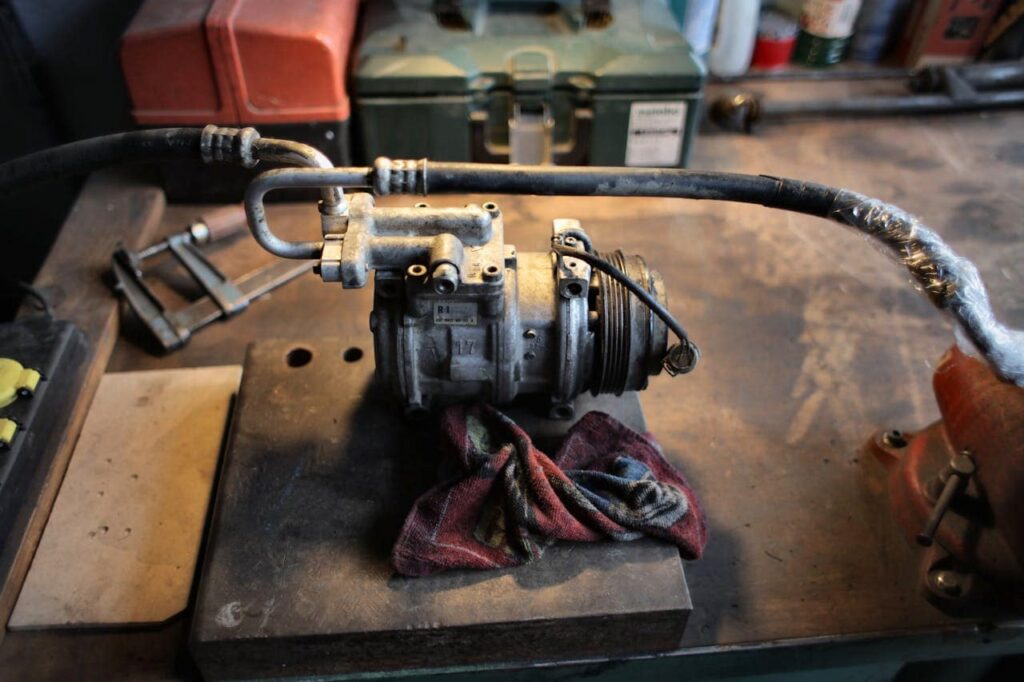
In the high-stakes world of automotive manufacturing, precision and efficiency reign supreme. Every component, from intricate engine parts to robust chassis frames, needs to be crafted with meticulous accuracy and unwavering reliability. This is where cutting tools, the unsung heroes of the production line, come into play.
Shaping the Future: Advanced Cutting Tools Drive Innovation
The relentless pursuit of innovation in the automotive industry is mirrored in the evolution of cutting tools. Gone are the days of rudimentary tools; today’s cutting tools are marvels of engineering, pushing the boundaries of performance and efficiency. Here are some key trends shaping the landscape:
- Advanced materials: The growing use of lightweight and high-strength materials like carbon fiber composites and aluminum alloys demands specialized cutting tools equipped to handle these challenging materials with minimal wear and tear. Tools made from tungsten carbide and diamond-coated materials offer exceptional hardness and durability, enabling precise machining of such materials.
- High-speed machining (HSM): This advanced technique utilizes high cutting speeds and feed rates to significantly reduce machining times, leading to increased production output. Cutting tools specifically designed for HSM applications boast superior rigidity, thermal stability, and wear resistance to withstand the demanding conditions of high-speed machining.
- Integration with CNC systems: The seamless integration of cutting tools with Computer Numerical Control (CNC) systems allows for automated and highly precise machining operations. This ensures consistent quality and minimizes human error, contributing to greater production consistency and efficiency.
Beyond Efficiency: Cutting Tools and Sustainability
The automotive industry is increasingly focusing on sustainable practices. Cutting tools are playing their part in this shift by:
- Minimizing waste: Advanced tool coatings and optimized cutting geometries can reduce material waste generated during the machining process. Additionally, tools with longer lifespans require less frequent replacements, further contributing to waste reduction.
- Extending tool life: Utilizing eco-friendly cooling lubricants and implementing proper chip removal systems can significantly extend tool life, reducing the environmental impact associated with manufacturing and disposal of used tools.
Looking Forward: A Collaborative Future
The future of cutting tools in automotive manufacturing lies in continued collaboration between tool manufacturers, original equipment manufacturers (OEMs), and research institutions. By working together, these entities can develop even more advanced, efficient, and sustainable cutting tools that will continue to shape the future of automotive manufacturing.
In conclusion, cutting tools are not merely instruments; they are vital components within the intricate ecosystem of automotive manufacturing. As the industry continues to evolve, so too will cutting tools, ensuring that the vehicles of tomorrow are crafted with ever-increasing precision, efficiency, and sustainability.